 Interagency Autism Coordinating Committee (IACC)
Interagency Autism Coordinating Committee (IACC)
 Autism Research Database (AFD)
Autism Research Database (AFD)
| Project Element | Element Description |
|---|---|
Project TitleProject Title |
Quantification of Learning Algorithm Performance to Inputs of Variable Complexity: Implications for Emotional Intelligence in Autism Spectrum Disorder |
Principal InvestigatorPrincipal Investigator |
Maneta, Eleni |
DescriptionDescription |
In this exploratory project we aim to mathematically model the limits/capabilities of the different learning algorithms used by autistic vs. typical brains, when it comes to perceiving and processing inputs characterized by qualitatively different complexity, such as human emotions. Our goal is i) to interpret known to-date limitations of autistic brains in decoding inputs with specific qualitative characteristics (e.g. facial expressions and voice alterations related to basic and complex emotions), and ii) to design experimental procedures and measures that will rigorously quantify learning styles and assess/predict their capability to perceive such inputs. A longer-term goal involves the design of optimal training procedures that will take into account the characteristics of the individual’s learning style. |
FunderFunder |
Simons Foundation |
Funding CountryFunding Country |
United States |
Fiscal Year FundingFiscal Year Funding |
15791 |
Current Award PeriodCurrent Award Period |
2015-2016 |
Strategic Plan QuestionStrategic Plan Question |
Question 2: What is the Biology Underlying ASD? |
Funder’s Project LinkFunder’s Project Link |
External Project Page
|
InstitutionInstitution |
Boston Children's Hospital |
Institute LocationInstitute Location |
United States |
Project NumberProject Number |
419610 |
Government or PrivateGovernment or Private |
Private |
History/Related ProjectsHistory/Related Projects |
Quantification of Learning Algorithm Performance to Inputs of Variable Complexity: Implications for Emotional Intelligence in Autism Spectrum Disorder |
15791
| 2015 |
419610
|




